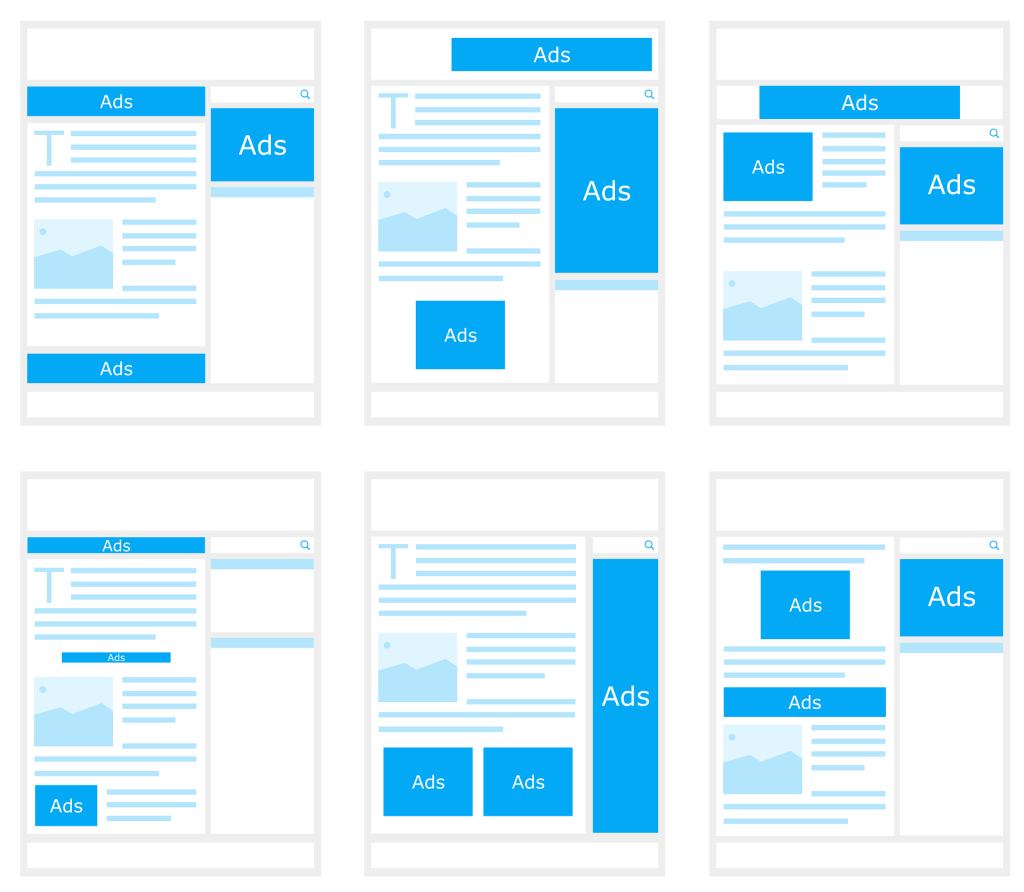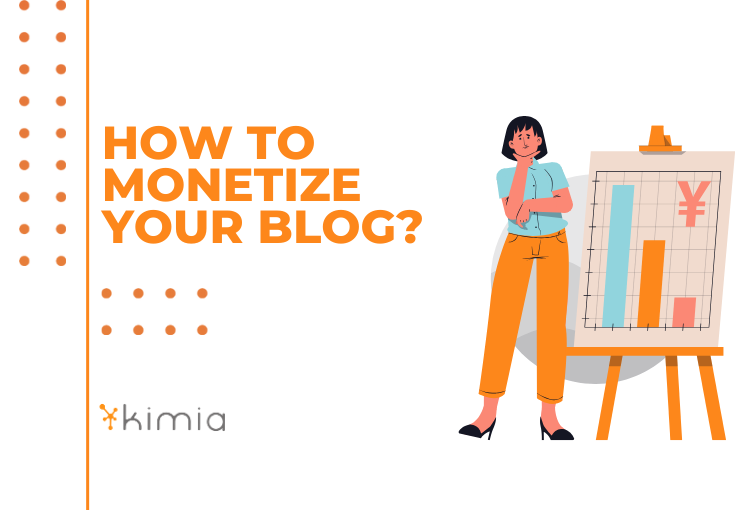
Choosing the right ad format can be the difference between a successful campaign and one that goes unnoticed. Advertisers have a wide variety of options to capture their audience’s attention. In this article, we’ll explore some of the most popular formats used today: banners, interstitials, pop-ups, and push notifications.
Banners
Banners are one of the most traditional digital ad formats. Despite originating in the early days of the web, they remain a powerful tool when used correctly.
Advantages:
- Wide range of sizes and placements.
- Easy integration on websites and mobile apps.
- Ideal for building brand awareness, especially in branding campaigns.
Disadvantages:
- Banner overload can lead to “banner blindness,” where users tend to ignore them. This means publishers should be wise when allowing banner placements.
- This format is known for its high visual impact, as it requires the user’s full attention, which means designing innovative, eye-catching creatives is crucial.
Interstitials
Advantages:
- Demands user interaction.
- Great for messages or promotions that need high visibility.
- High conversion rates due to its full-screen format.
Disadvantages:
- Can be seen as intrusive if not implemented at the right moment, potentially frustrating users.
Pop-ups
While historically criticized for being intrusive, pop-ups have evolved and are now used in a more strategic and personalized manner.
Advantages:
- Their pop-up nature ensures visibility.
- Highly effective for capturing leads or driving immediate conversions, such as subscriptions or sales.
- Allows advanced targeting, displaying ads based on user behavior on the site.
Disadvantages:
- Can disrupt the user experience if not properly configured.
- Some users find them annoying and use ad blockers.
Push Notifications
This format is highly effective for re-engaging users and can be used to send updates, reminders, or personalized promotions.
Advantages:
- Directly reaches users on their devices, ensuring high visibility.
- Very effective for retaining and reactivating users, especially in mobile apps.
- Allows precise segmentation based on user behavior.
Disadvantages:
- Overuse can become annoying and lead users to disable notifications or abandon the app.
- Requires user consent to send.
In conclusion, it’s essential to choose and combine different ad formats based on your goals and type of campaigns. While banners are great for branding, interstitials and pop-ups offer more aggressive options for capturing attention and driving conversions during strategic moments. Push notifications, on the other hand, are key for long-term user engagement. So use each format strategically, focusing always on user experience.
Implementing a combination of these formats on Adport can deliver optimal results, tailored to your target audience’s needs and preferences. Click here for more information.
